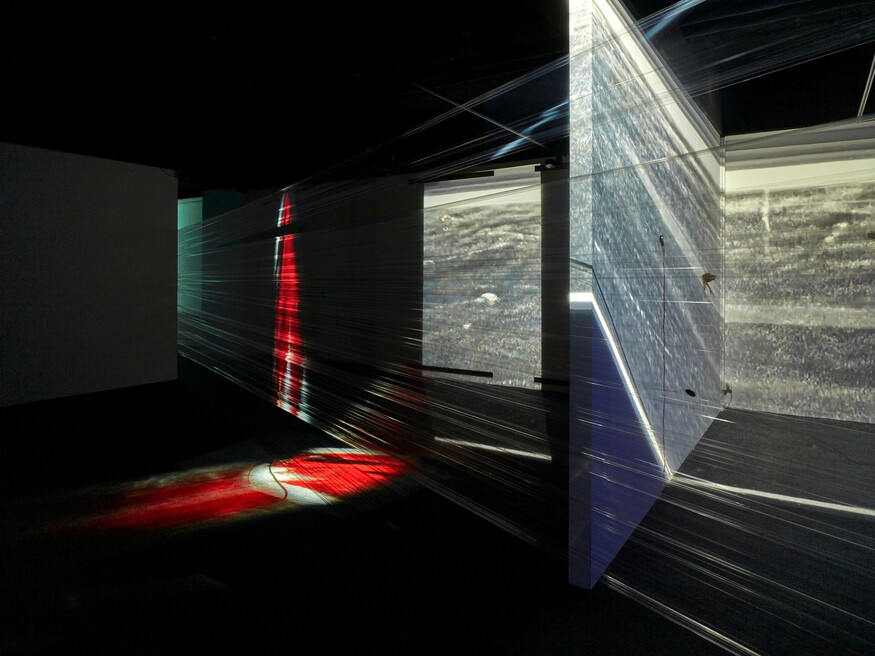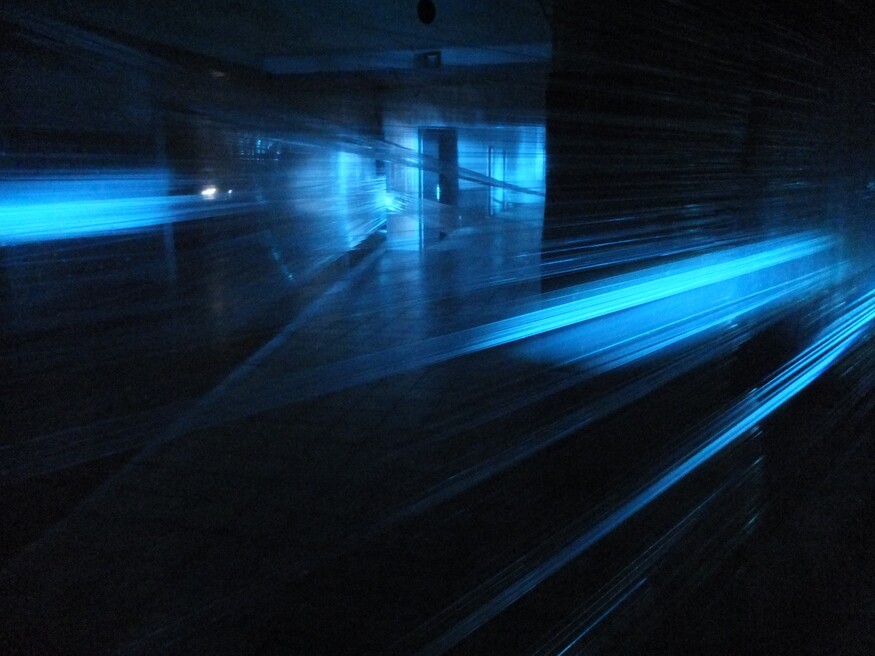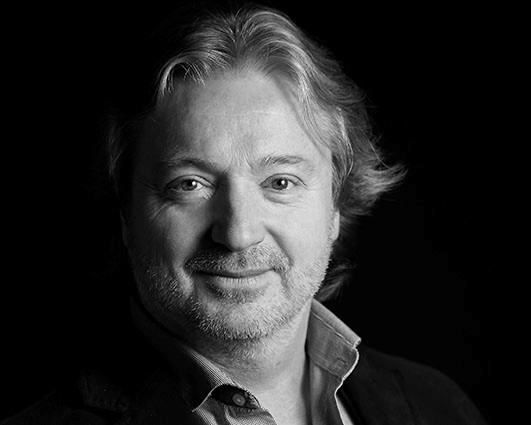Johannes S. Sistermanns
area: Sound Art, Performance, Visual Art
Key Facts
nationality
Germanyarea
Sound Art, Performance, Visual Artresidence
Colognerecommending institution
TONSPUR Kunstverein Wientime period
November 2025 - November 2025Johannes S. Sistermanns is a German composer and sound artist who studied rhythmics, piano, composition, and “New Music Theater” at the Hochschule für Musik und Tanz Köln. He also received vocal and overtone singing training in India and with Jochen Vetter. In 1989, he earned a PhD in musicology at the University of Osnabrück, focusing on media-specific opera direction for television. From 1993 to 1996, he furthered his vocal studies with Stephen Cheng in New York.
Sistermanns has held fellowships in Paris, New York, Australia, and Japan, where he worked with artists including Luc Ferrari. In 1993, he co-founded Übergangsraum e.V. in Cologne, and from 1997 to 2010 he served as Vice Chair of DEGEM (German Society for Electroacoustic Music). In 2019, he co-founded the Academy for West-Eastern Dialogue of Cultures and is a delegate of the Society for New Music (GNM) at the German Cultural Council in Berlin.
His work encompasses installative sound sculpture, electroacoustic composition, sound pieces, live performances, graphic notation, and instrumental composition. Since the late 1990s, he has transmitted sound not through conventional speakers but directly onto resonant walls, everyday materials, and instruments, as in UNSTRUMENT (2012, Philharmonic Orchestra Luxembourg), where instruments resonate without being played.
Sistermanns embraces all media, materials, and spaces, with the listener’s perception—rather than the physical properties of instruments or rooms—serving as the starting point of his artistic practice.
During his residency at MQ, Johannes S. Sistermanns will work on an 8-channel composition exploring the phenomenon of political and public minutes of silence worldwide. He is interested in the sounds of spaces, voices, situations, and calls that lead into silence, and in the unfolding toward the “sound of silent remembrance.” Silence is not merely a temporary suspension of words, but an inner listening to the sound that brings one into silence. In this way, silence becomes a form of quiet communication, a space of emotional and resonant correspondence.
Acoustically, what remains are breathing, the slightest bodily movements, expanding landscapes or spaces, and concentrated energy. Minutes of silence can range from a few people to 70,000 participants, from a plenary hall to a football stadium. Each period of silence generates atmospheres and soundscapes that remain open-ended. Listening to silence creates a floating, suspended state, in which interjections and the reverberation of sound transform silence into new dimensions.
In silence, remembrance occurs, expressed through heightened inner perception and emotion, which are dissolved into sound. Sistermanns explores this potential in audio recordings, seeking to make the subtle resonances and delicate movements audible.
From 01.12 on, Sistermann's work schweig N will be presented at MQ TONSPUR_passage.





